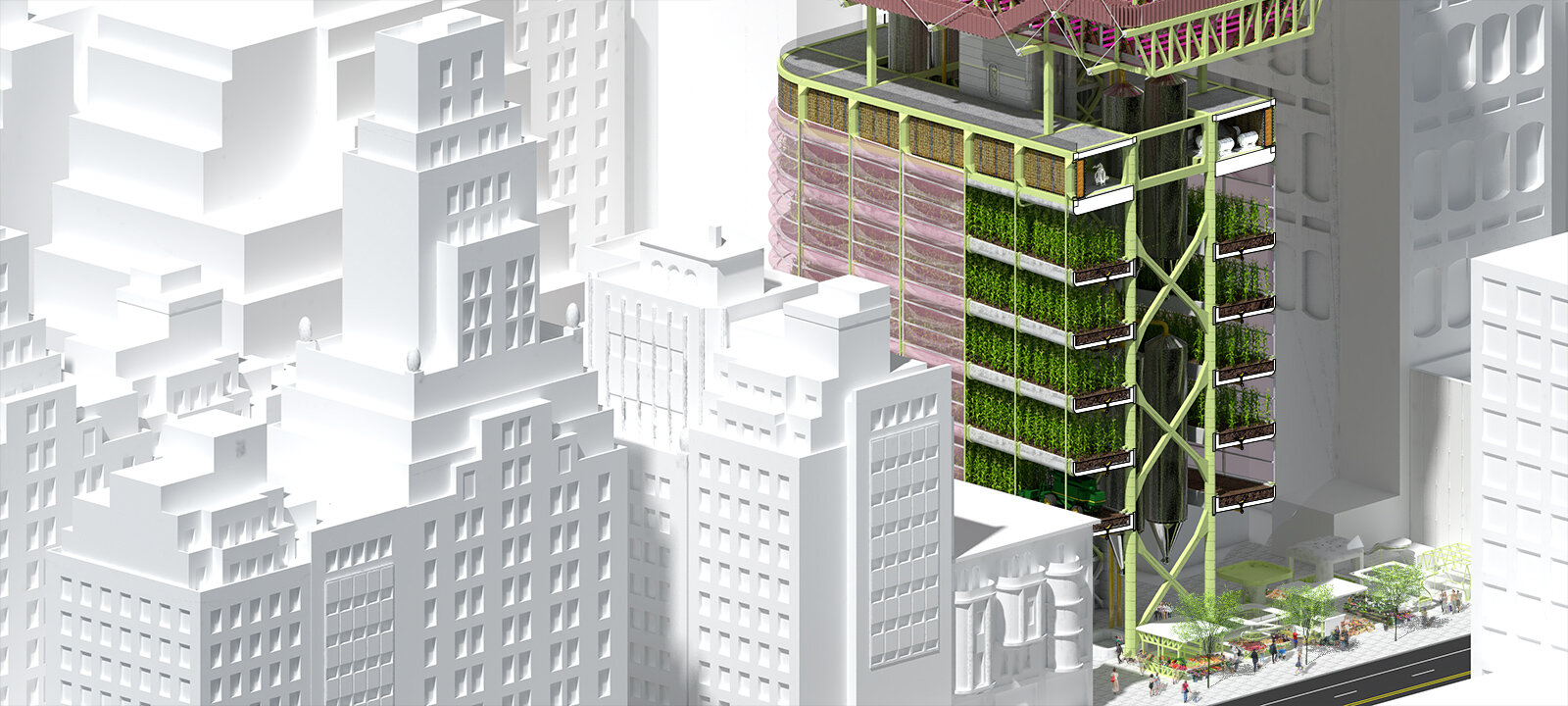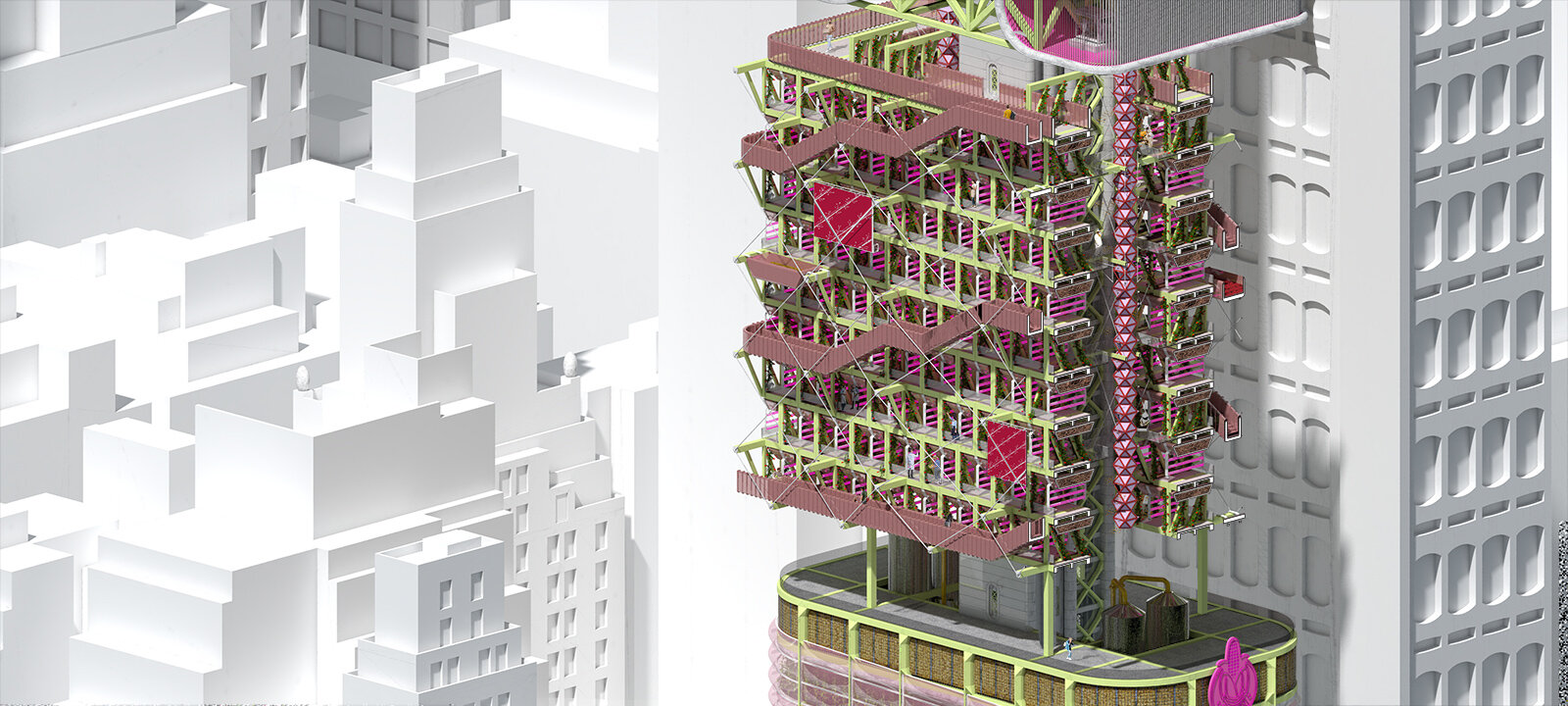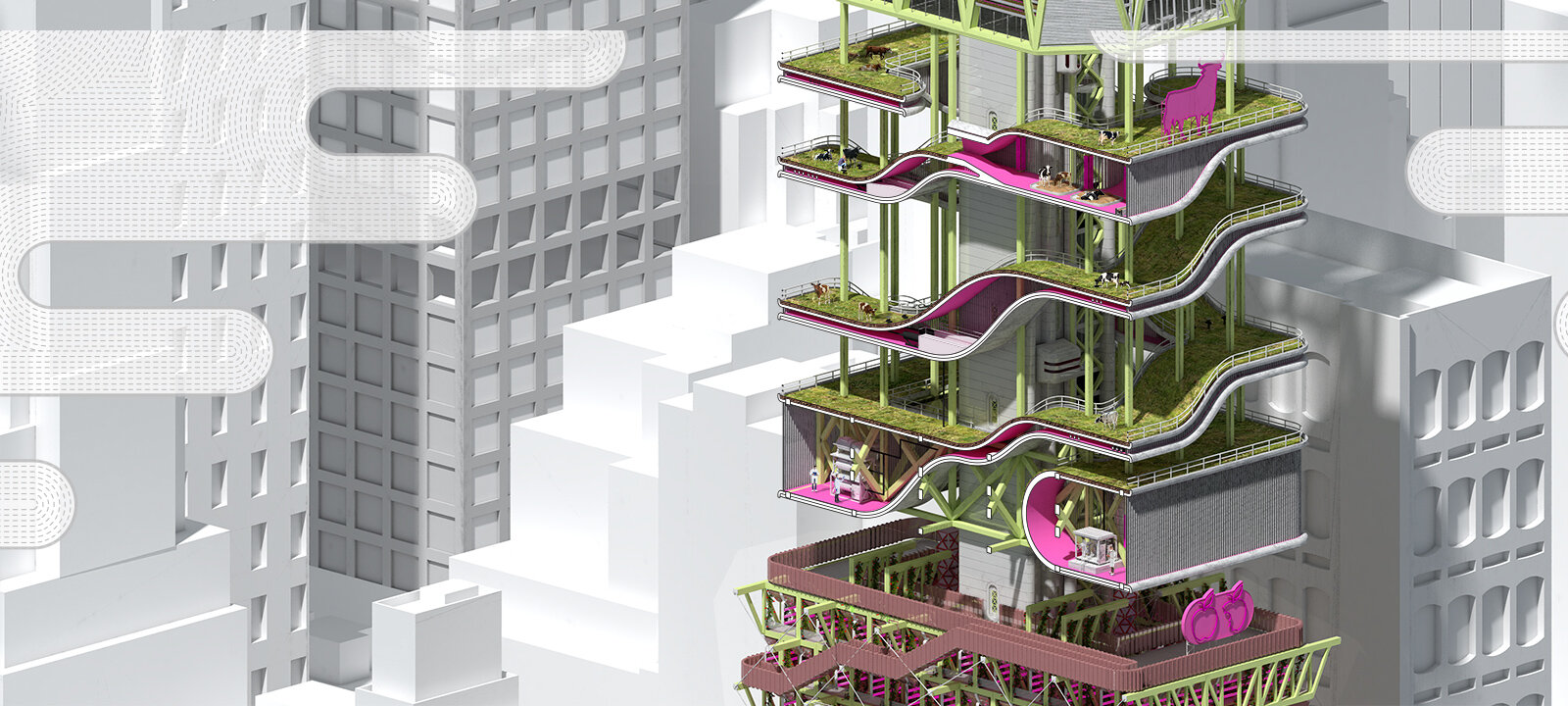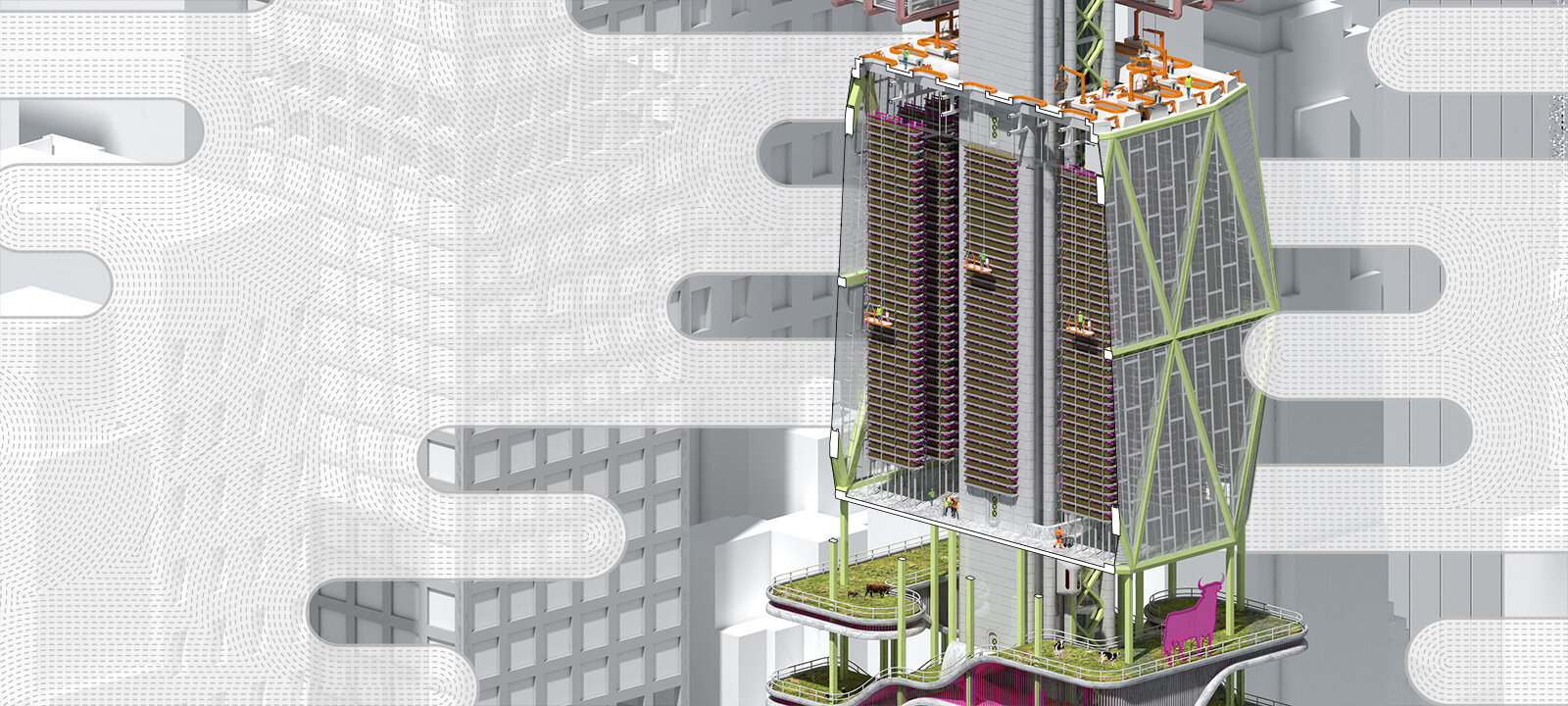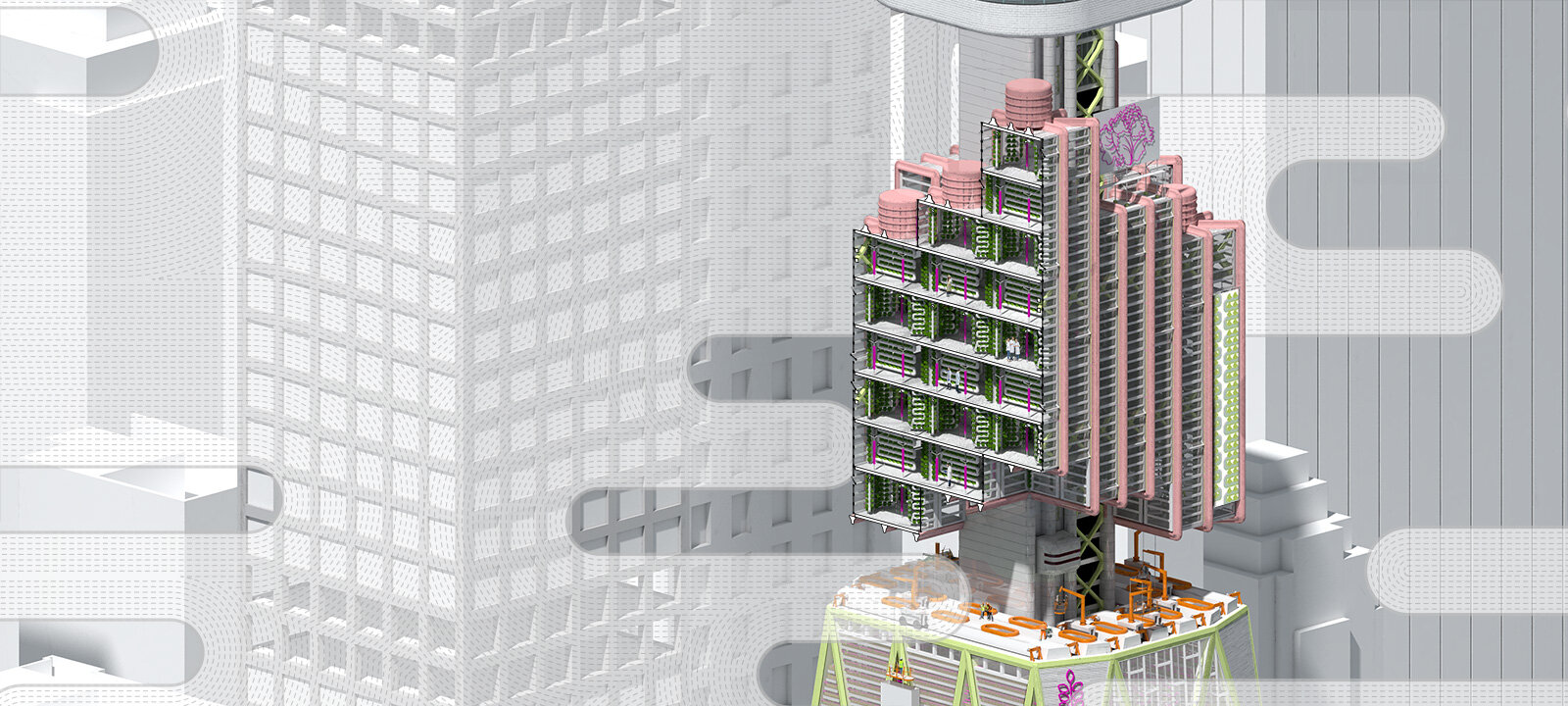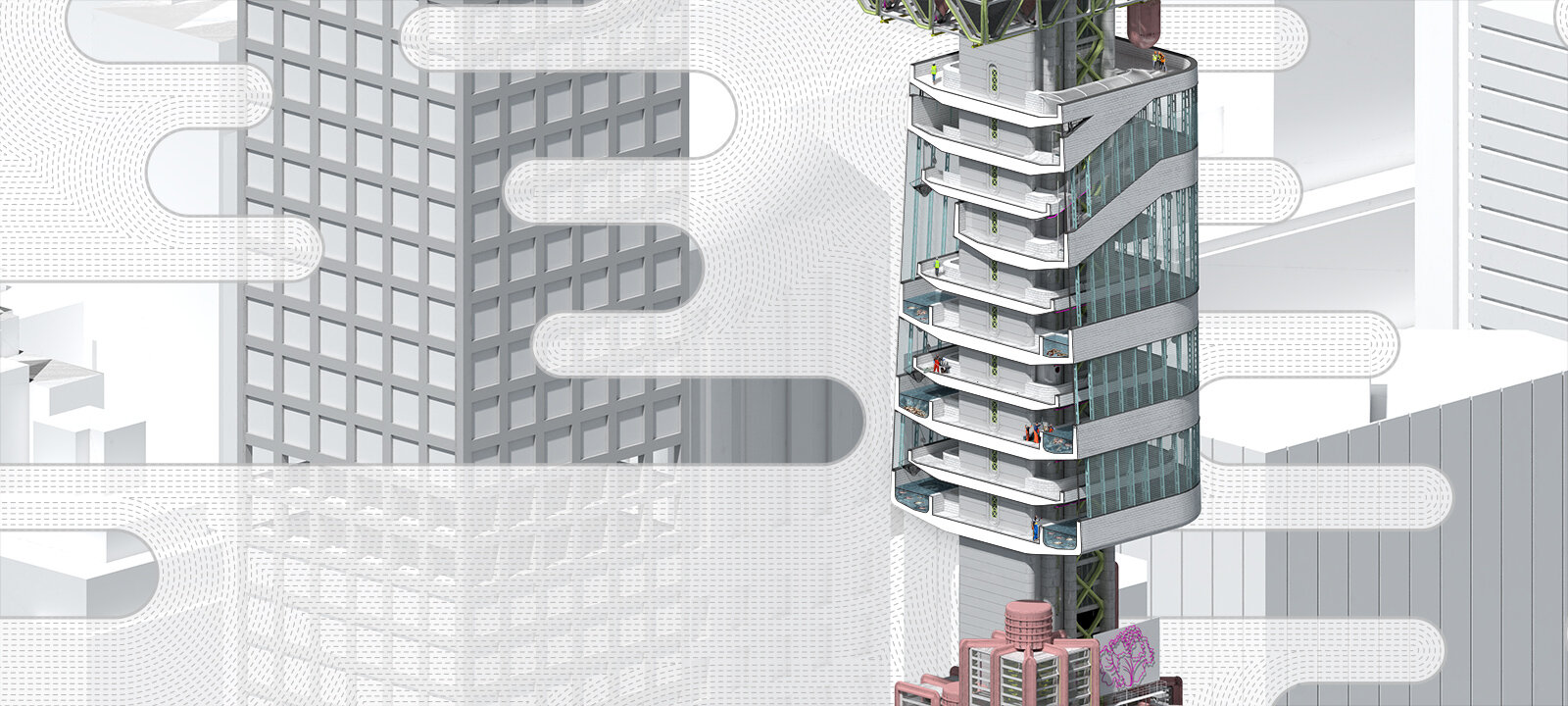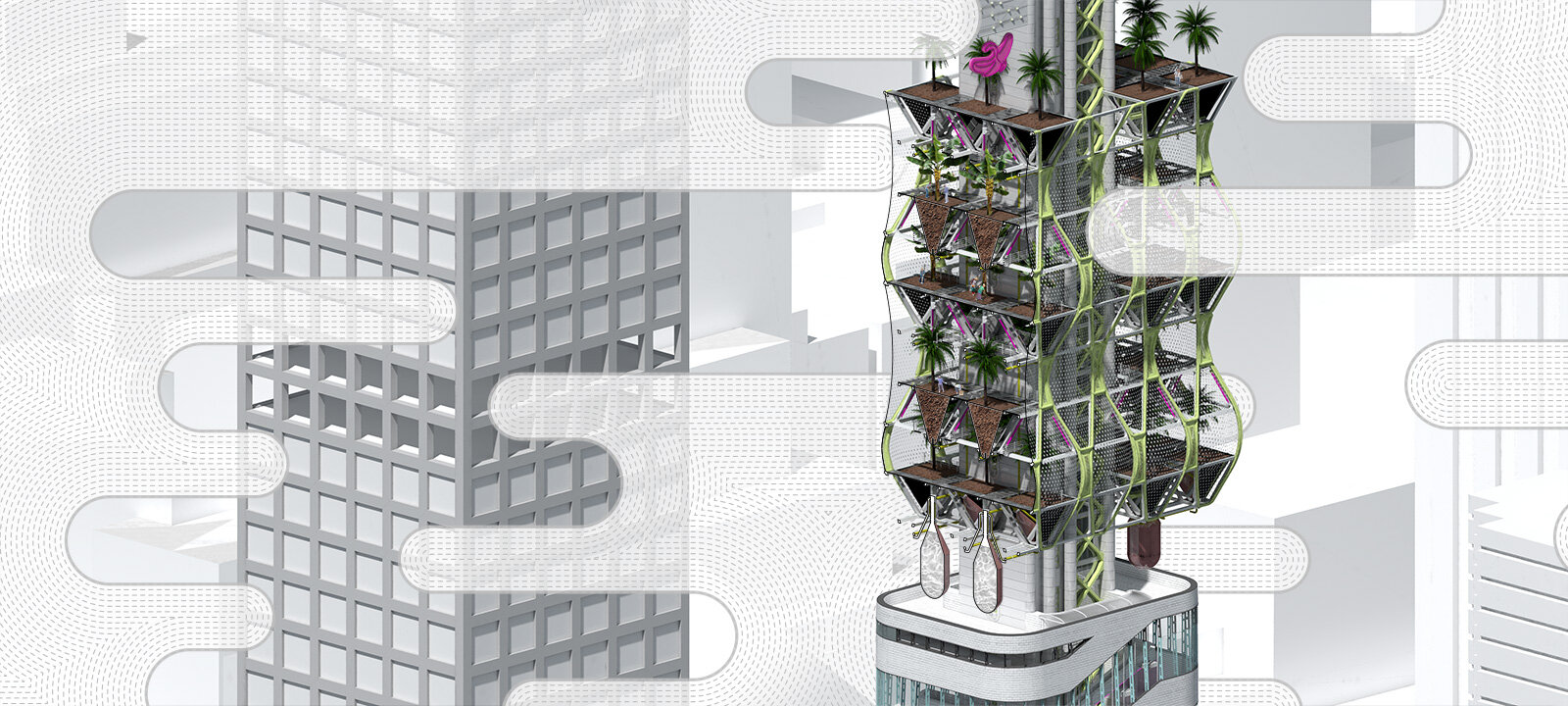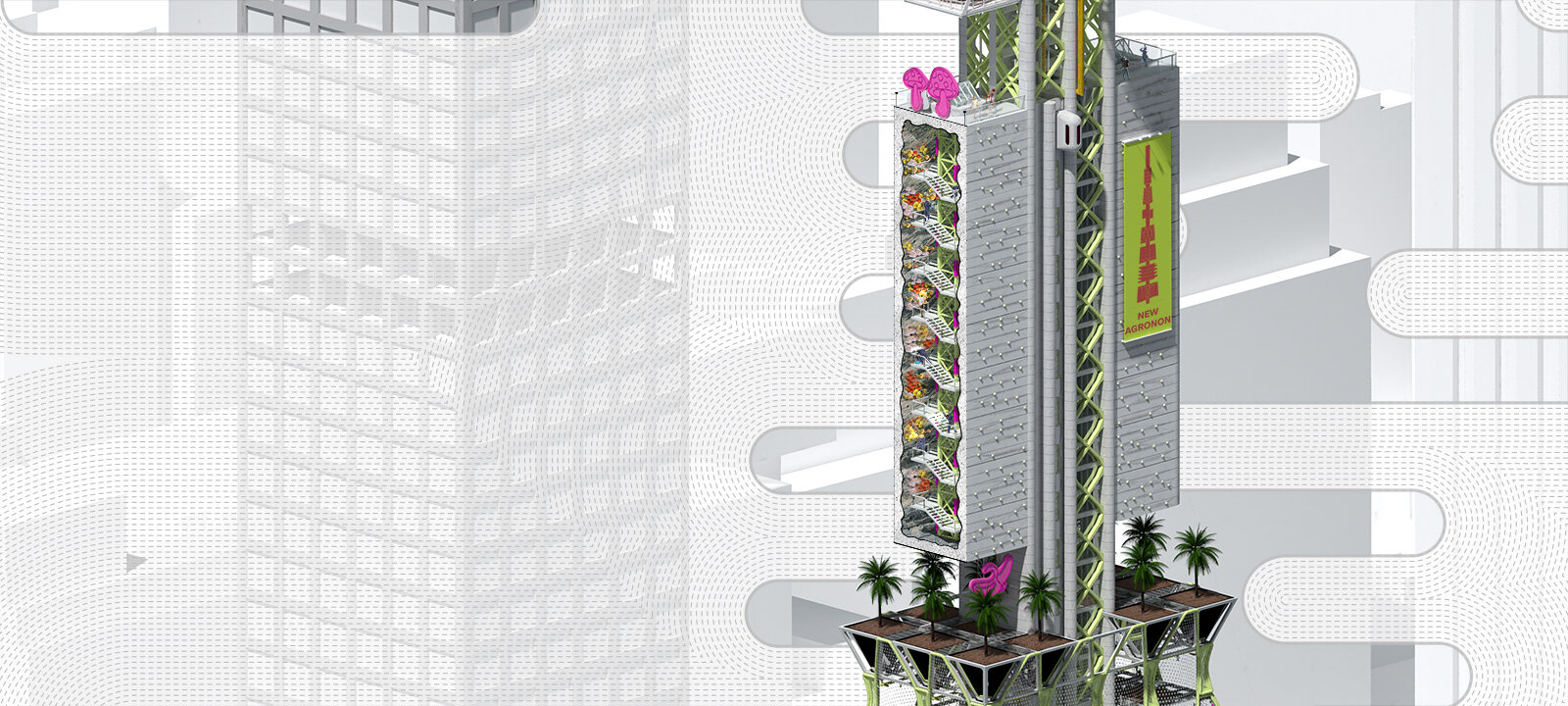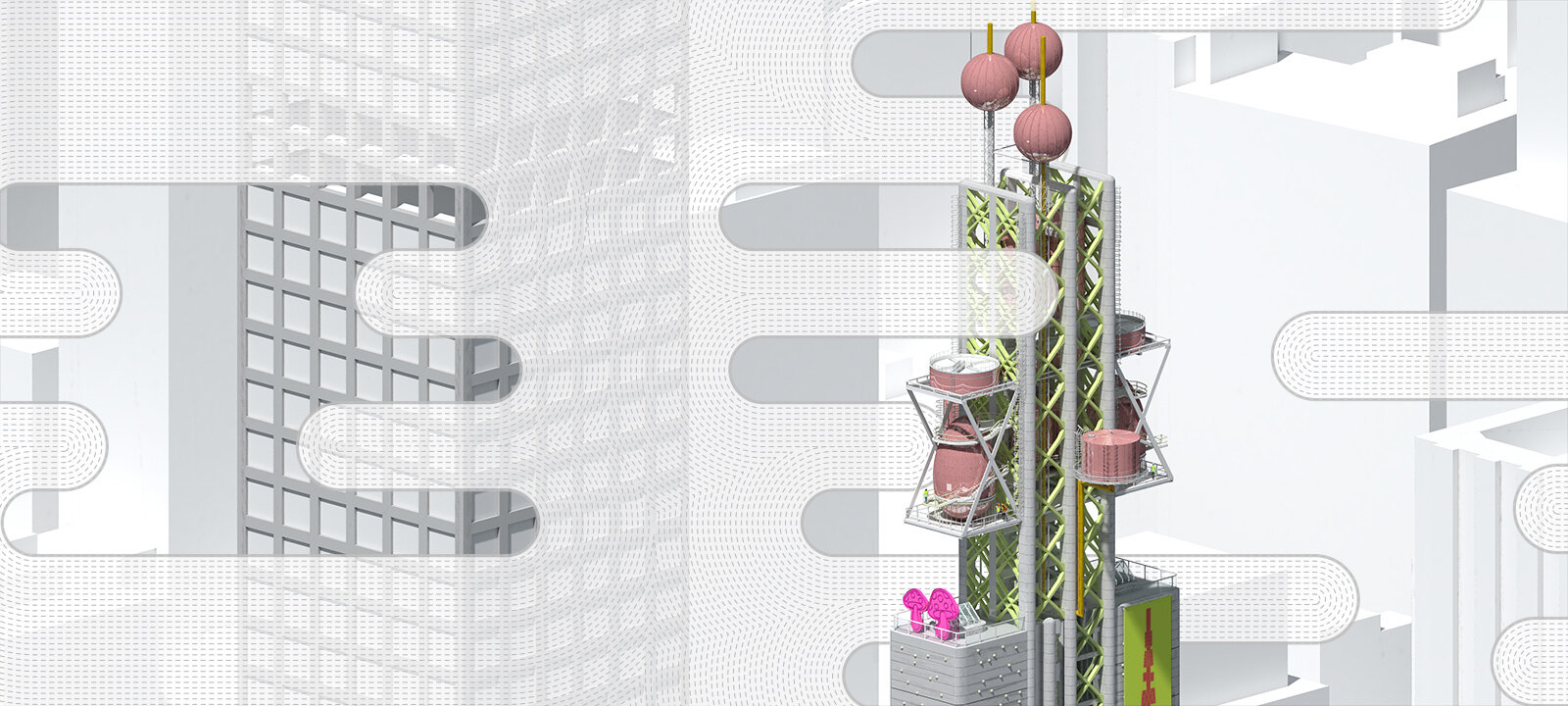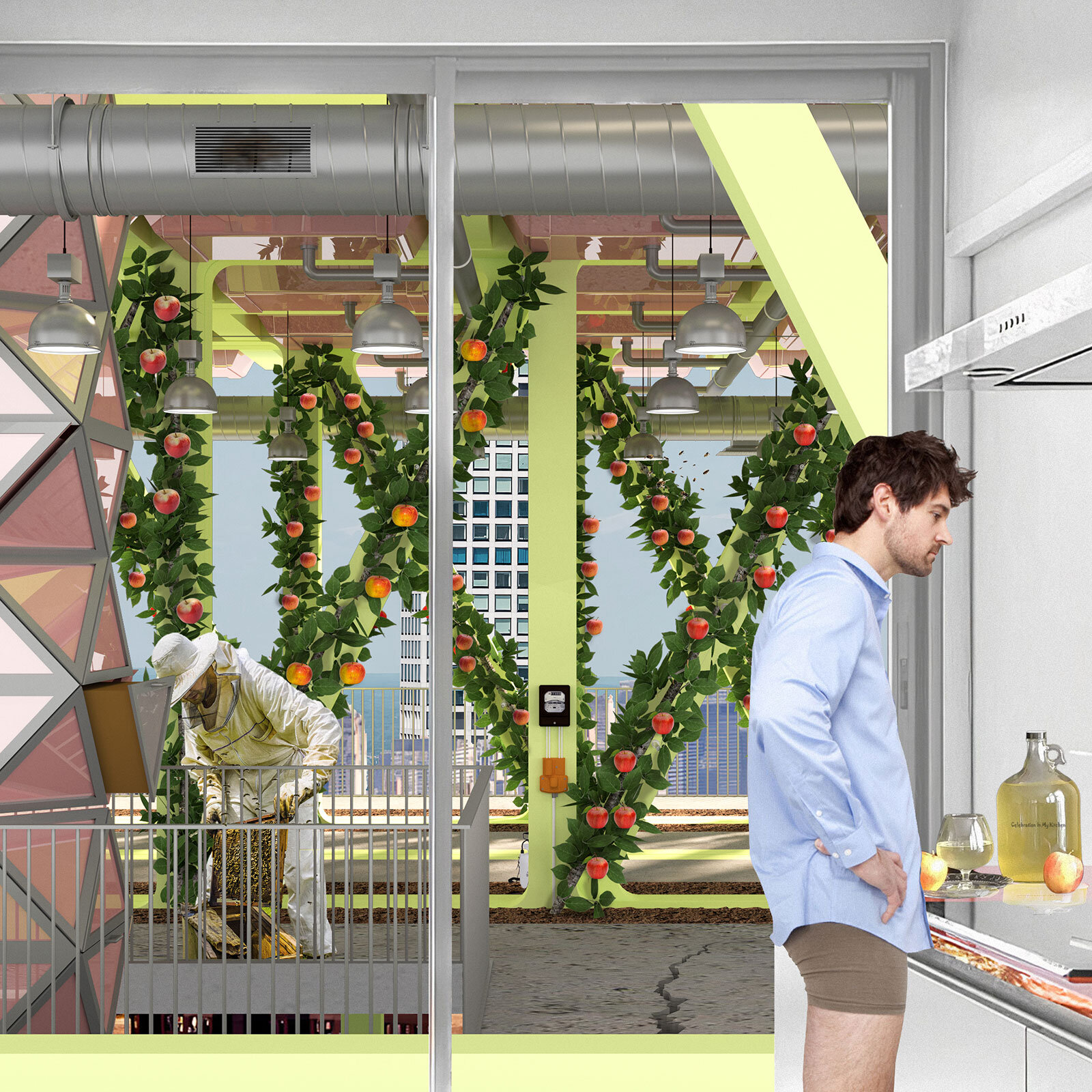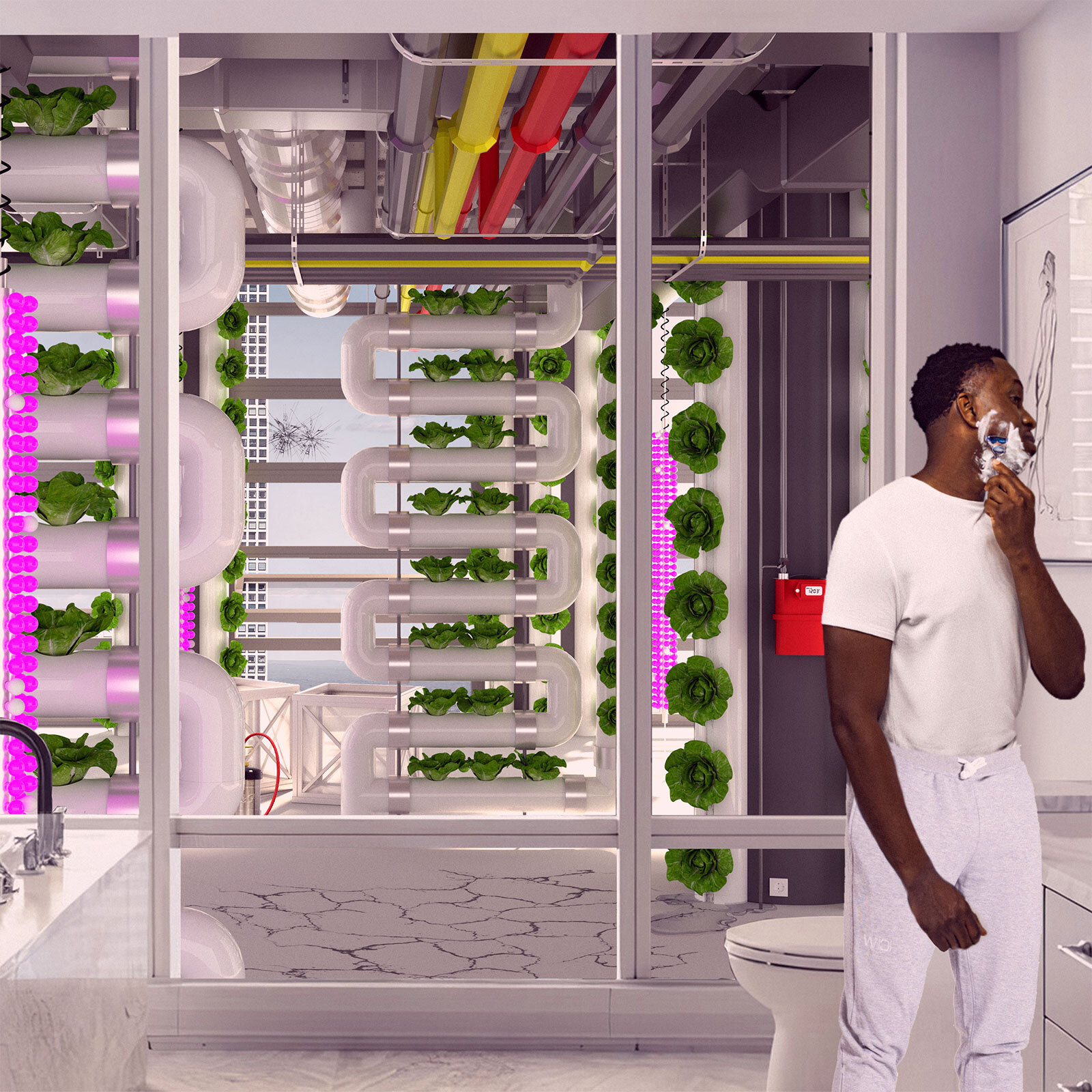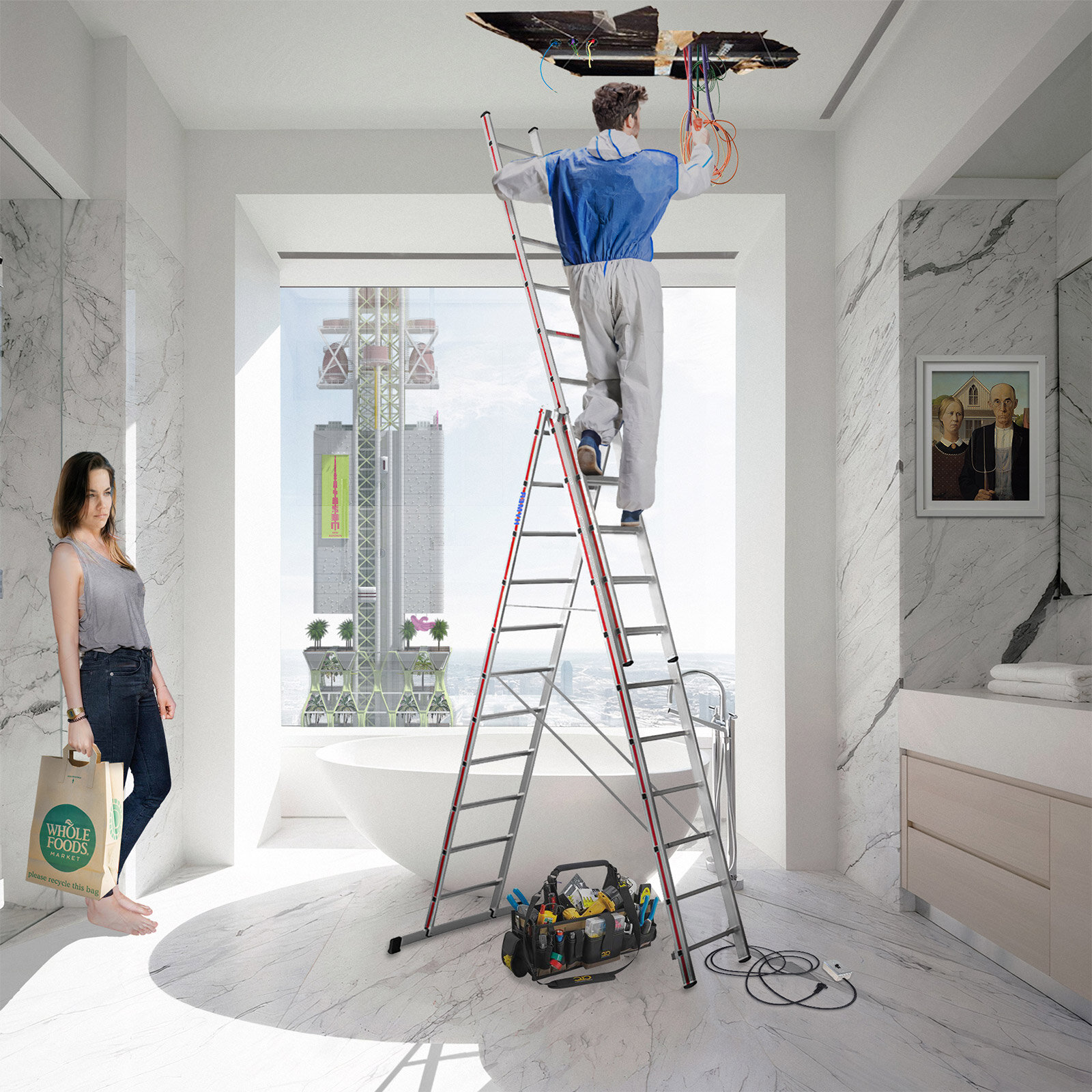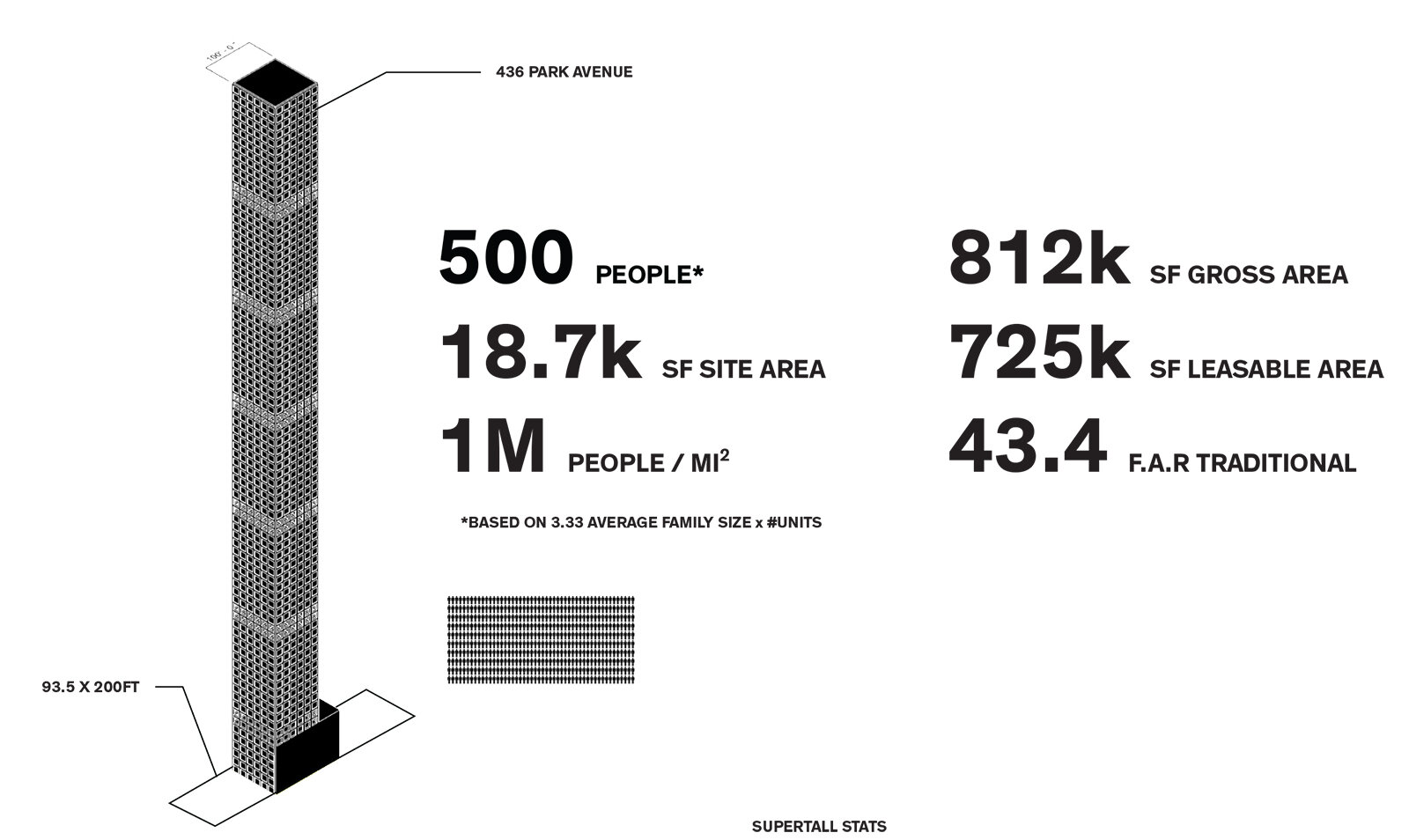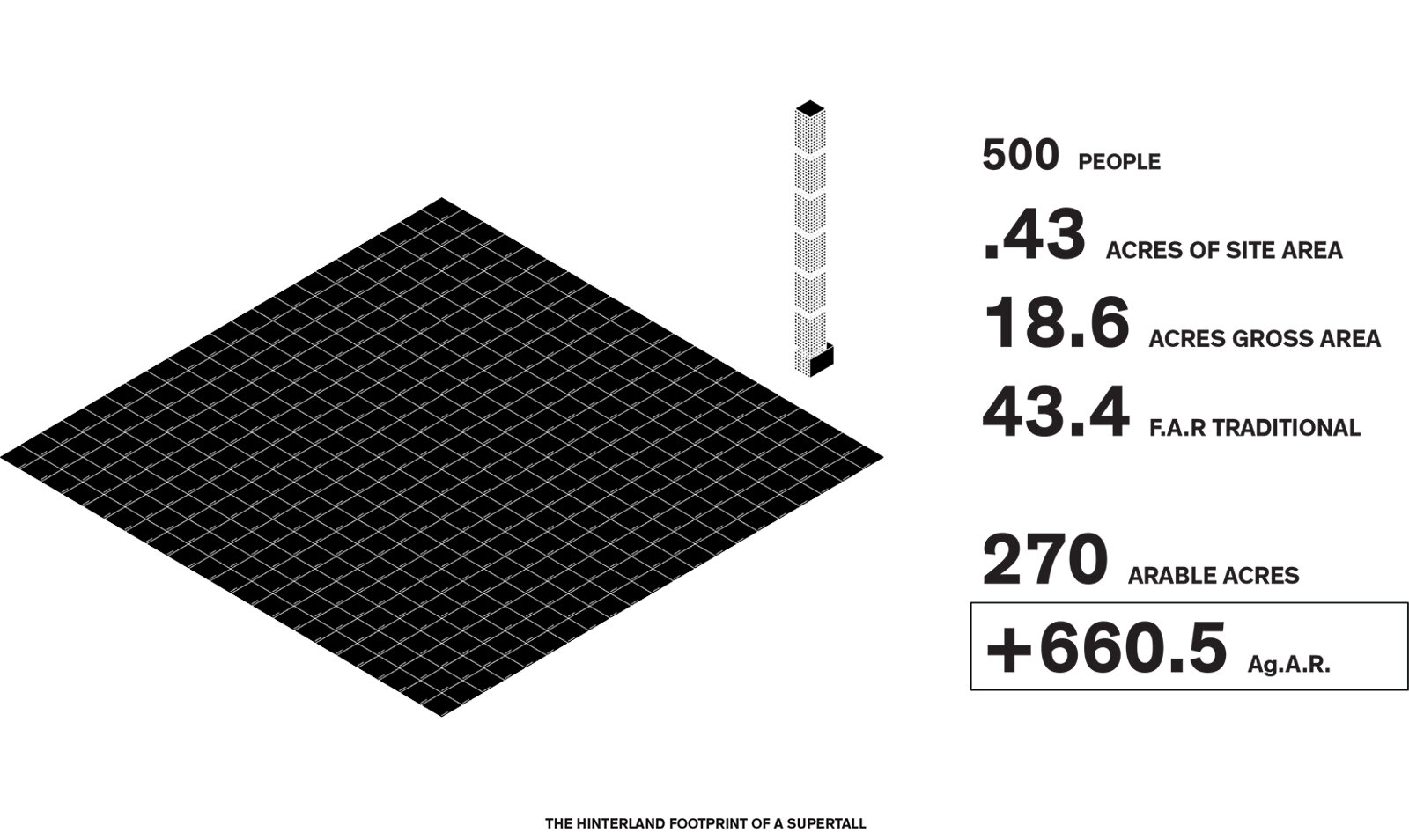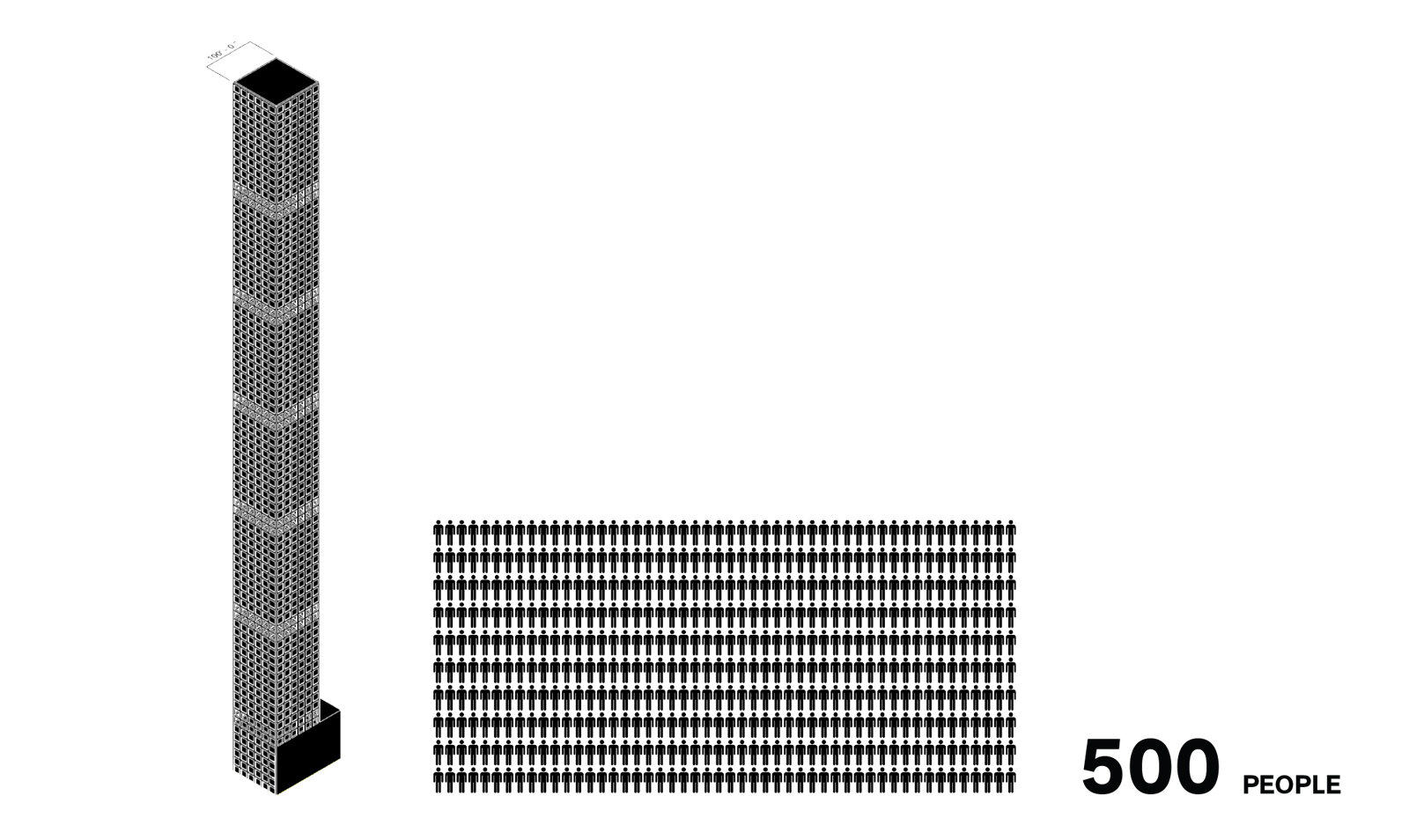The first decade of the twenty-first century, witnessed a new form of land - use speculation surrounding a series of plots south of Frederick Law Olmsted’s, Central Park. Born from the marriage of incentivized up zoning and subsidized bank-loans, this area of Manhattan, commonly referred to as Billionaire’s Row, birthed the novel urban luxury typology of the Pencil Tower.
Herein, eager pre-pandemic developers entered speculative risk that private-floor single-family domestic plots of land, hovering over one thousand feet above earth’s crust with an exclusive view of Olmsted’s curated nature, would be highly desirable and garner mega-profit. This speculative investment represents the apotheosis of the paradigm of center - periphery density established in the twentieth century, wherein land value is greatest in the center of the city.
This modernist condition of value has been predicated upon the construction and continued maintenance of vast infrastructural and logistical shipping networks connecting cities to their regional and global hinterlands of production - a system which continues to be one of the leading causes of contemporary carbon emissions.
Contemporaneous to these real-estate speculations, the simple question, “Where does our food come from?” emerged within urban society at record pace. Brought forth by new investigative journalism , urban communities began to scrutinize the processes and quality of the food that they were consuming. These critical inquiries underscore the sense of abstraction that surrounds our global and regional production systems, built under the modern land use paradigm that placed agricultural production outside of the oversight and accountability of the urban population it serves.
The current paradigm of concentrated agricultural regions needs to be re-evaluated. The contemporary demand on the Great Plains, Midwest, and Central California farmers, to intensify their crop yields in increasingly affected areas, incentivizes the industry to utilize practices that further contribute to global climate change. These landscapes contribute almost one percent of the U.S. gross domestic product ; and Ten percent of the U.S. total greenhouse gas emissions are produced by both agriculture and forest practices. The recent movement towards rooftop and warehouse vertical farming within cities, signals a shift in land-use thinking concerning food production, yet their yields focused on small scale outputs remain peripheral to real problems of big scale agriculture. As we seek to establish agency over climate change, designers of the built environment must seriously evaluate the invisible embodied energy in our distributed agricultural supply chains and consider the ramifications of new speculative land-planning as a means of action.
The Tower of New Agronon, represents a different form of super-tall speculation, born out of an alternate paradigm that values proximity to agricultural production in lieu of externalization. While its peer pencil towers house five hundred people on half-acre lots as supported by three hundred arable acres externalized to the hinterlands, New Agronon utilizes its vertical abundance of space in support of a commune of twenty-six and all their food requirements each year . The super tall’s form, derived from the nutritional food pyramid, establishes individual sub-towers each stewarded by a single family for one component of the American diet: collectively creating a vertical village of codependency. The denizens of New Agronon seek out a new density of living with the reduction of their carbon footprint, chartering a new balanced diet of sustainable pescatarian means with excess, due to selective thermal enclosures of indoor multi-cycle cultivation, able to provide for the immediate city population.
/ Images
The project provokes the notion that a world in search of solutions to the climate crisis, must develop a new paradigm of urbanism that fosters more sustainable forms of speculative risk, privileging localized production over its regional or global importation. Despite its ambitions for a world of change, this project stands tall as an absurdist surreality. And while it easy to dismiss this as an urban reverie fantasizing over the misuse of the world’s most highly valued land area for the deployment of civilizations cheapest land-use; New Agronon remains only as absurd as the overpriced lychee berries in the ice box of the 80th floor of billionaire’s row.
/ Diagrams
/ Exhibition Team
Jonathan A. Scelsa, Jennifer Birkeland, Romain D’Incau, Meera Ilahi, Patricia Morales Tredinick, + Victoria Jaime
/ Exhibition Curators
/ Project Info
/ Type - Exhibition, The Climate Imaginary
/ Gallery - The University of Melbourne / Melbourne School of Design
/ Project Date - Spring 2021

